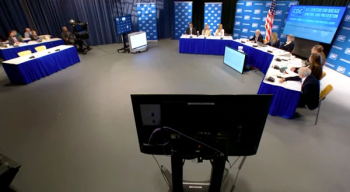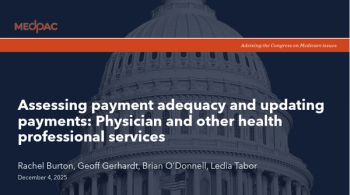
Pickleball: An ophthalmic epidemic; the printing pill; surgery or a soda – Morning Medical Update
Key Takeaways
- Pickleball-related eye injuries have surged, with over 3,000 cases from 2005 to 2024, prompting calls for safety guidelines.
- The Magnetic Endoluminal Deposition System (MEDS) bioprinter can deposit bio-ink onto gastrointestinal tissue, showing potential in animal studies.
The top news stories in medicine today.
As pickleball participation has exploded nationwide, so have eye injuries linked to the sport. A
Researchers at the École Polytechnique Fédérale de Lausanne (EPFL) have developed a swallowable bioprinter that can deposit living bio-ink directly onto damaged gastrointestinal tissue. The device, called the Magnetic Endoluminal Deposition System (MEDS), is about the size of a pill and operates without onboard electronics. Activated by an external near-infrared laser and guided magnetically, it releases bio-gel to patch ulcers or seal hemorrhages inside the gut. In animal studies, MEDS successfully deposited bio-ink within the stomachs of rabbits. The team envisions future applications in blood vessels and the abdominal wall. The findings were published in
Doctors in Massachusetts treated a 63-year-old woman’s persistent nausea and vomiting by dissolving a large gastric bezoar — a compact mass of undigested food — with diet cola. The patient, who had lost 40 pounds while taking semaglutide for diabetes and weight loss, developed the mass due to delayed gastric emptying. Imaging and endoscopy revealed the bezoar, and after consuming 1.5 liters of diet soda over two days, her symptoms rapidly resolved. Endoscopic follow-up confirmed the mass had dissolved without surgery.
Newsletter
Stay informed and empowered with Medical Economics enewsletter, delivering expert insights, financial strategies, practice management tips and technology trends — tailored for today’s physicians.















